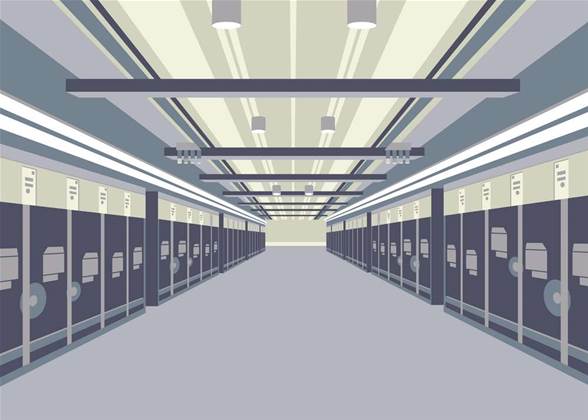The Federal Government has released a document that describes the desired characteristics of the data centres it will consider for outsourcing deals under its plan to consolidate the enterprise computing needs of its agencies.

The data centre consolidation plan, launched by Finance Minister Lindsay Tanner in March, is looking to consolidate most Federal Government agencies into larger, more modern third party data centre facilities for the next 15 years in an attempt to save the Government $1 billion.
The Australian Government Information Management Office (AGIMO) has released a draft statement of requirement which sketches out what information data centre builders and existing providers should be asked to submit to be considered for the multi-million dollar outsourcing deals.
Being a consultation draft, the document is not overly prescriptive, but asks all the right questions about data centre capabilities at a level of detail that suggests the authors have done their research on data centre efficiency.
Tenderers are asked to detail their available floor room space, security credentials, level of redundancy, access to power, connectivity and water, cooling methodology, power efficiency - even the sizes of doors and loading docks.
Among the more prescriptive requirements, AGIMO noted a facility must have:
- Space and power
At least 500 square metres of server room floor offering power of between 500 kW and 1 MW per 500 square metres. - Security clearance
The relevant security credentials to store either National Security classified systems (from Restricted to Secret) or non-National Security classifications from (In-Confidence to Highly Protected) and staff that "have or are able to obtain appropriate security clearances up to and including SECRET and/or HIGHLY PROTECTED" (depending on the agencies hosted). - Biometric security
Highly-sensitive areas need to offer a level beyond proximity card entry - "incorporating biometric technology and proximity technology."
"The Agency may require electronic copies of the log data relating to all access activity to the Agency space," the document said. - CCTV monitoring
Facilities must come equipped with "high quality digital recorded Close Circuit Television (CCTV) surveillance of data centre facilities doors and any space occupied by the Agencies."
"The system should, record accurate time and date stamps, have fast search functions, and be capable of providing alarm notification to offsite devices including phone and email. The video surveillance footage should be held onsite for immediate viewing for at least six months and the video surveillance footage should be made available for the Agency to duplicate and remove off-site if required for any security-related purpose." - 24/7 access
Authorised agency staff must be provided access to the facility "24 hours a day, seven days a week with time/date stamp logging of all access granted and denied."
This included the loading dock and server rooms. - Reporting and monitoring
Operators will need to provide granular use-based pricing and reporting to determine the power consumption of individual agencies within a facility.
AGIMO also noted a preference for:
- Pods and other modular fit-outs
"The data centre facilities should provide modularity, scalability and security to support multi-tier, multi-density and multi-tenancy requirements," the document said. "It is desirable that the data centre facilities be divided as zones, modules or pods for use by different Agencies." - Diverse carriers
"The Australian Government strongly prefers that the data centre facilities have diverse routes and entries to provide for connection to multiple telecommunications carriers." - Energy efficiency
"The Australian Government encourages "Green IT" and other environmental initiatives where possible," the document said.
Operators will be asked whether any co-generation or tri-generation capacity exists at the facility or whether any power is provided from "renewable sources". They are also asked how they reduce cooling requirements through the use of free air economisers.
The document also asks if the facility is able to operate at the higher range of temperatures (up to 25 degrees Celsius) set out in the recent update to ASHRAE's recommended temperature model.




.png&h=140&w=231&c=1&s=0)
_(20).jpg&h=140&w=231&c=1&s=0)





 iTnews Executive Retreat - Security Leaders Edition
iTnews Executive Retreat - Security Leaders Edition












_(1).jpg&h=140&w=231&c=1&s=0)



